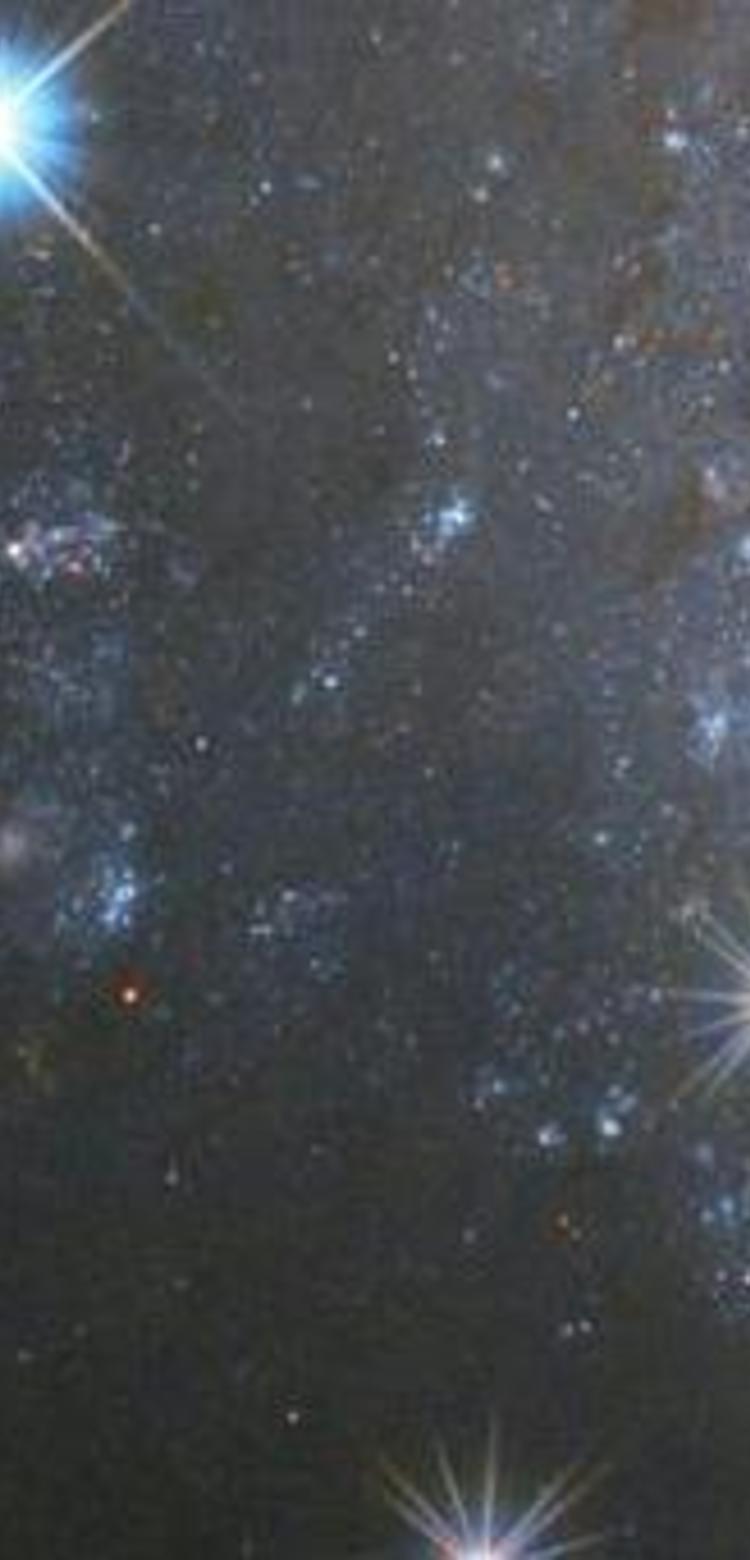Did you know...
Did you know that Airbus Crisa's hardware has been working non-stop since February 2021 to measure Mars' environment from the Perseverance rover?


Airbus Crisa's hardware continuously measuring Mars Environment
Since February 2021, hardware from Airbus Crisa has been continuously measuring the Mars environment on board the Perseverance rover. The Mars Environmental Dynamics Analyzer (MEDA), one of the rover's scientific instruments, has been operating almost uninterruptedly, measuring and characterizing the atmospheric conditions of Jezero crater. MEDA sends frequent science datasets to Earth through the Deep Space Network, including a ground station near Madrid. These data are sent to the Spanish Centro de Astrobiología, which oversees data coherence and integrity before relaying them to NASA JPL and the rest of the world.
MEDA's primary objective is to comprehensively characterize Martian atmospheric and surface meteorological conditions. It measures wind velocity and direction, ambient air temperature, atmospheric pressure, relative humidity, and the concentration and properties of aeolian dust. This data helps understand temporal variations in the Martian climate, including diurnal and seasonal fluctuations, acting as an advanced weather station.
MEDA's main discoveries and contributions include a detailed characterization of Jezero Crater's meteorology, providing high-precision measurements of local environmental parameters such as wind speed and direction, air temperature, atmospheric pressure, relative humidity, and dust properties. It has also significantly contributed to understanding how dust influences radiation and energy balance on Mars through its radiation sensor (RDS), which determines the impact of dust on solar radiation reaching the surface. MEDA has offered insights into various atmospheric phenomena, ranging from local dust devils to large-scale disturbances and distant storms. Its data is crucial for improving atmospheric models, which are essential for designing future robotic and human missions to Mars. Additionally, MEDA's environmental data provides vital context for other instruments on the Perseverance rover, aiding scientists in understanding the conditions under which rocks and soils formed and how potential biosignatures might have been preserved or degraded.
MEDA consists of a suite of sensors mounted in different positions on the rover provided by an international consortium coordinated by the Spanish Centro de Astrobiología who was responsible for delivering to NASA.
Key components include Air Temperature Sensors, a Thermal Infrared Sensor, a Relative Humidity Sensor, Wind Measurement Sensors, a Radiation and Dust Sensor, a Pressure Sensor and the Instrument Control Computer.
Airbus Crisa contributed to the development of the Thermal Infrared Sensor and the Wind Measurement Sensors and was responsible for the development of the Instrument Control Computer, including onboard software for command, control, and telemetry data storage, formatting, and transmission. Additionally, Airbus Crisa was also responsible for industrial project management, systems engineering, mission quality assurance, and the instrument's assembly, integration, and tests.
Image credits: NASA/JPL-Caltech
